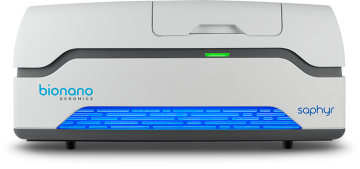In this study, Dr. Vilain’s team identified both single and multiple exon deletions up to 250 Kbp in size, a 13 Kbp duplication, and a 5.1 Mbp inversion all disrupting the dystrophin gene of study patients. Large structural variants of this size are typically detected with poor sensitivity using NGS or long-read sequencing. They also successfully identified the carrier status in mothers of the patients. The patient with the large inversion had been diagnosed with DMD through an invasive muscle biopsy, after chromosomal microarray, MLPA, PCR sequencing of all 79 exons, and exome sequencing all failed to detect the pathogenic inversion.
Read more







































